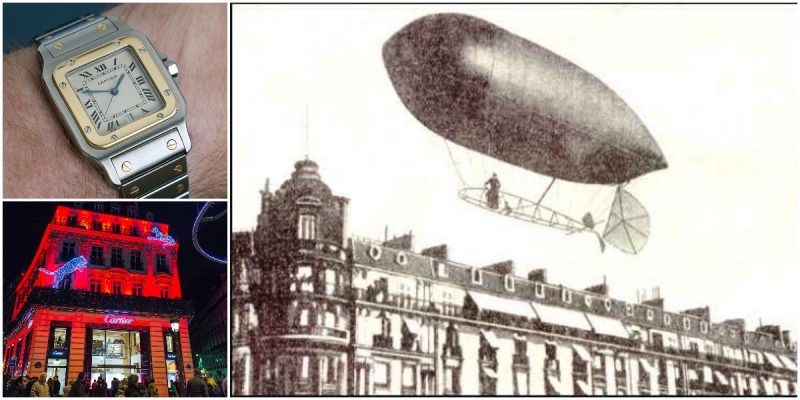We know Société Cartier as a French conglomerate that designs, produces, and sells jewelry, watches, sunglasses, and almost everything else deemed luxurious. The company is renowned for its long history of producing elegant and extravagant merchandise specifically aimed at royalty, celebrities, and superstars such as Angelina Jolie, Kate Middleton, the Duchess of Cambridge, and, decades ago, King Edward VII, who once referred to Cartier as “the jeweler of kings.”
Founded in 1847, Cartier started as a small shop in Paris run by a French watchmaker Louis-François Cartier, who had three nephews, one of whom developed a passion for mechanical pocket watches and a firm goal of creating his own line of sophisticated watches. With time, that kid, named after his granddad and driven by his passion, came to be the leading French watchmaker and one of the most influential businessmen of his time.
In 1904, after his dear friend, the French-Brazilian aviator Alberto Santos-Dumont, came down from one of his flights over Paris complaining about the impracticality of using pocket watches while flying, Louis Cartier created his first wristwatch.
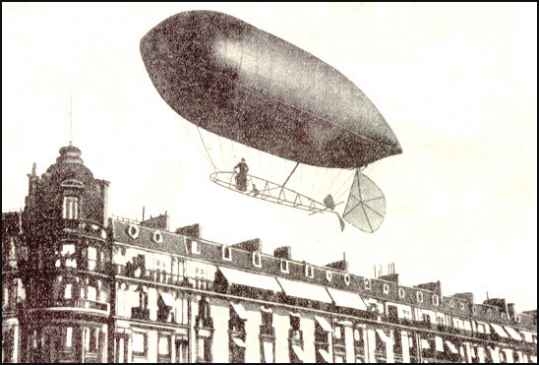
Five years earlier, Louis Cartier, renowned for designing the mystery clock (a type of clock with a transparent dial and hidden mechanism), moved their Paris store to a more elegant part of town, the Rue de la Paix, where the family continued to grow in esteem.
Dumont, inspired by the works of Jules Verne, had already made the first ever trip around the Eiffel Tower in 1901, thus realizing his dream of flying and making a name for himself in the process. The Deutsch de la Meurthe prize given to him as a reward for his flight brought him publicity and fame in Paris. He was the hottest sensation among the public, having been seen floating in his No. 9 Baladeuse along Paris boulevards at rooftop level, at one point even landing at a cafe for lunch. And here, in this prestigious part of town, he would occasionally sit down and talk with Cartier, another innovator in his chosen field and whose star was also on the rise.
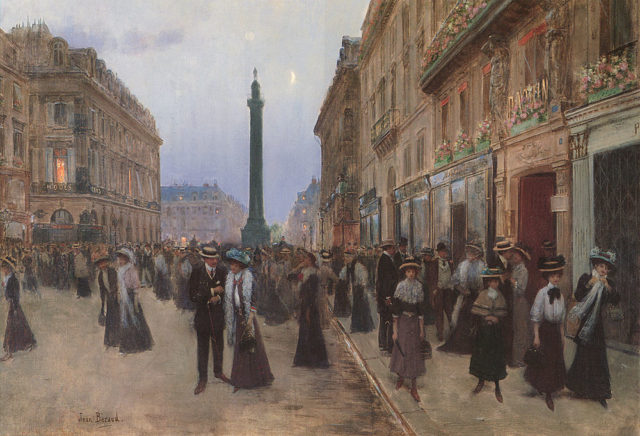
After a successful flight, Alberto would land and celebrate royally at Maxim’s, one of the most popular and fashionable restaurants in Paris, where the hero of the day would stand in front of the jubilant crowd, everybody raising a glass to “A Votre Santé!”
It was here, maybe between one of those toasts, that the Brazilian pioneering aviator complained to his friend Cartier of the difficulty he had in checking his pocket watch while flying. He needed to keep his hands on the controls at all times while simultaneously needing to check how long he had been in the air, thus making the pocket watch virtually useless to him.
Louis Cartier listened carefully and was inspired to design a flat wristwatch with a distinctive square bezel, which was to become Alberto’s watch, thus allowing him to check his flight performance while keeping both hands on the controls.
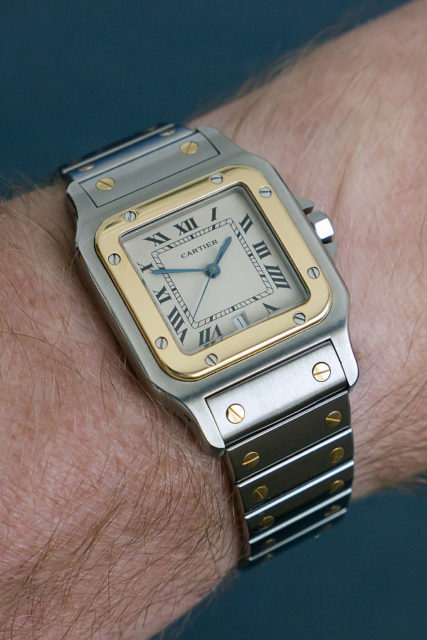
And the watch worn constantly by Santos-Dumont was favored not only by him but also by the many others who saw it on his wrist. The aviator was gifted with a flamboyant personality, already a celebrity across Europe, and by wearing the watch he made its design equally famous. Whenever people saw a picture of him, they were intrigued by the the thing strapped around his wrist. They were impressed when they discovered it was an innovative timepiece.
And while Patek Philippe is credited as the inventor of the first wristwatch in 1868, Louis Cartier, helped by Dumont’s glory and fame, is the one who popularized it.
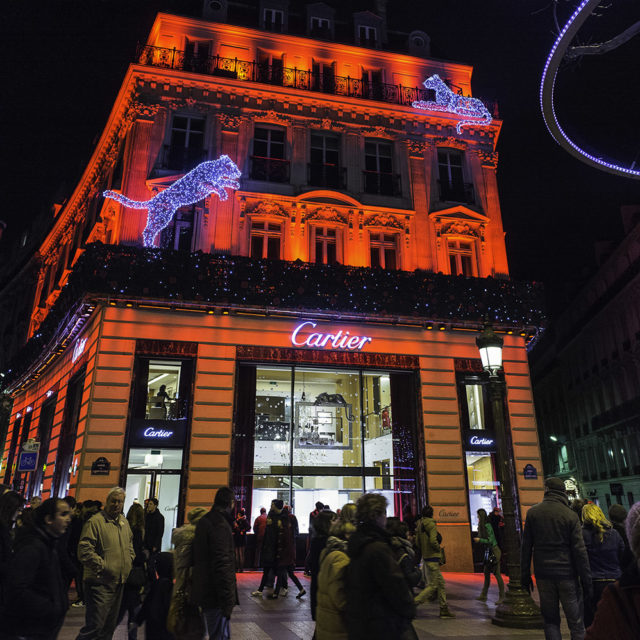
Today, Cartier still markets a line of Santos-Dumont watches. They are available in different sizes and stylish combinations, with the most popular being the Cartier Santos 100 Carbon Watch.
Related story from us:Unique Fabergé ornament could make history on “Antiques Roadshow”
As for the small shop on Rue de la Paix, thanks to Luis and his brothers Pierre and Jacques, slowly but surely it became one of the great names in the world of jewelry and watchmaking.
